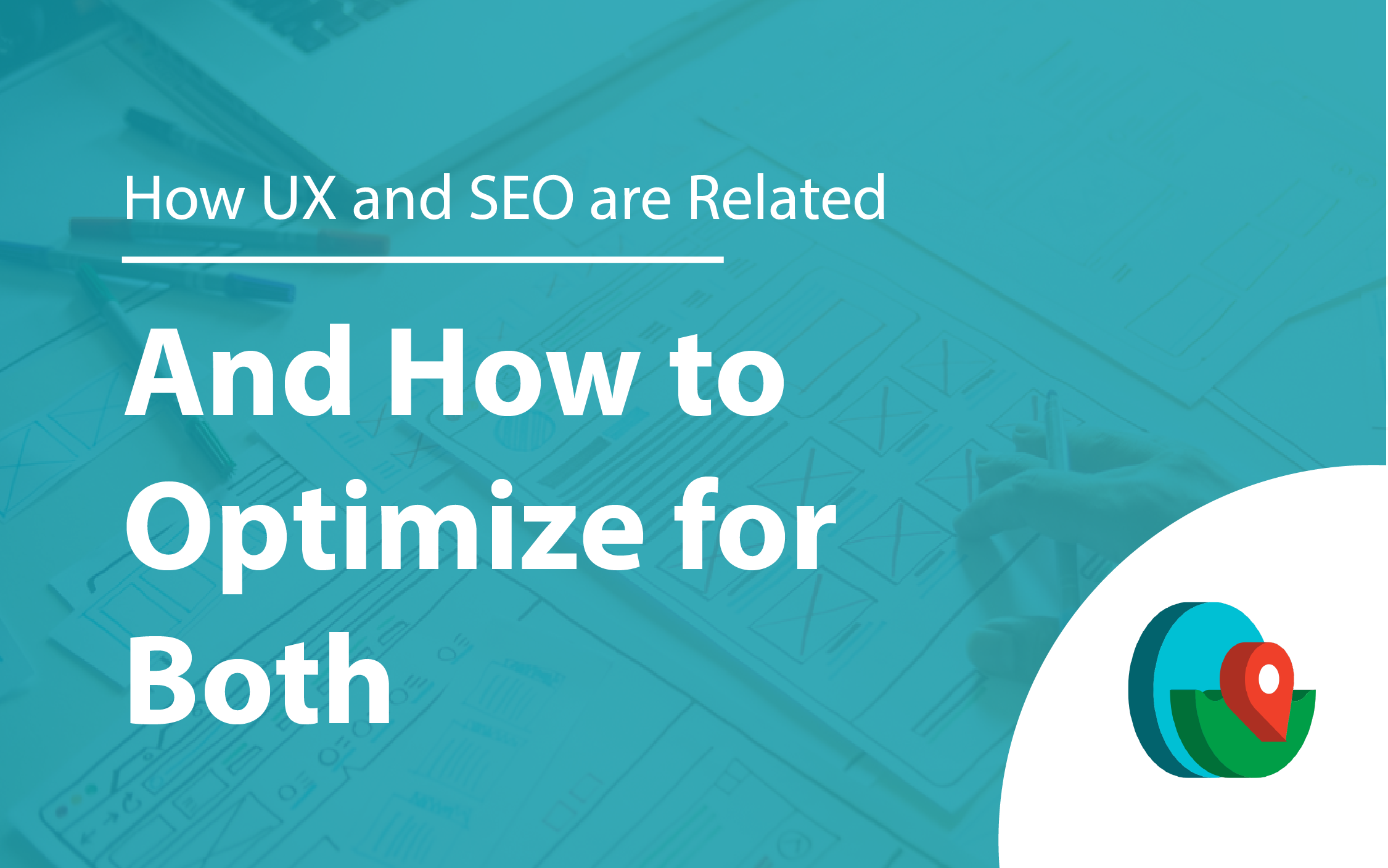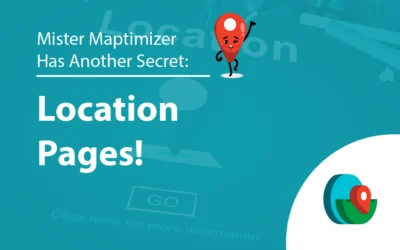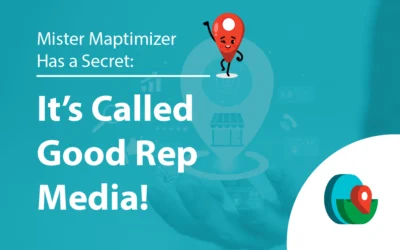The Unlikely Duo: Bridging the Gap Between UX and SEO
In the world of digital marketing, two disciplines often operate in separate silos: user experience (UX) and search engine optimization (SEO). One goal is a smooth user experience; the other is better search results. But what if we told you that these two seemingly disparate fields are, in fact, intimately connected? Increased conversions, better engagement, and a stronger brand image are all within reach. This is what happens when you pool your marketing resources.
The Missed Connection: Why UX and SEO Need Each Other
UX designers are masters of creating intuitive, user-centric experiences that make people swoon. Keyword optimization, backlink creation, and technical SEO—these are the skills of a true SEO pro. But when these two disciplines operate in isolation, they can inadvertently sabotage each other’s efforts.
- A beautifully designed website might prioritize aesthetics over load times, tanking its search engine rankings.
- A keyword-stuffed article might sacrifice readability and user engagement, leading to high bounce rates and low conversions.
The Synergistic Solution: Strategies that Align UX and SEO
Fear not, dear marketers! Recognizing the relationship between UX and SEO? So many options just opened up! Improved rankings and happier users are just the beginning. Here are some strategies to get you started:
1. User-Centric Keyword Research
Incorporate UX principles into your keyword research by analyzing user behavior, intent, and language. Better search engine rankings and a happier audience? It all starts with keywords that connect with them.
2. Mobile-First Design for SEO
Prioritize mobile-friendliness in your design, as this is now a key ranking factor. A great website works well on all devices. Responsiveness is key; quick loading times and easy navigation are essential for a positive user experience on smaller screens.
3. Content That Converts (and Ranks)
Craft content that’s optimized for both users and search engines. Boost your website’s search ranking with header tags, meta descriptions, and internal links. Make your content easy to scan and enjoyable to read. Readers will stay interested if the story is good.
4. Technical SEO for Better UX
Optimize your website’s technical aspects, such as page speed, SSL encryption, and XML sitemaps, to improve both search engine rankings and user experience. A speedy, secure website that search engines can easily find benefits both users and SEO.
5. User experience and search engine optimization benefit from good analytics. Smart choices are easier with the help of data.
Track user actions to spot problems and see if your SEO is paying off. Better user experiences are built using A/B testing and heat maps; they analyze data to pinpoint areas for improvement. For example, a heat map might show that users aren’t clicking on a key call to action, suggesting a redesign. A/B testing can then be used to experiment with different designs to see what works best. Better design decisions are the result.
The UX-SEO Powerhouse: Unlocking Maximum Potential
By embracing the interconnectedness of UX and SEO, you can:
- Boost Conversions: Higher conversion rates and better engagement happen when you design with your customers in mind. Put yourself in their shoes; it’s that simple.
- Improve Search Engine Rankings: Better search rankings and more website visitors are likely if you focus on both user experience and search engine optimization.
- Boost Your Brand’s Image: Smart SEO and a killer UX? Loyal customers? That’s the result of building a brand the right way. Success is in the bag with this plan! You’ll be way ahead of the competition.
The Takeaway: Collaboration is Key

UX and SEO are not mutually exclusive disciplines; they’re complementary components of a larger marketing strategy. Think of your marketing team as a single, powerful engine. When everyone works together, you create something much bigger than the sum of its parts—a true marketing machine that gets results.
So, go ahead and bridge the gap between UX and SEO. Your users, search engines, and bottom line will thank you.




